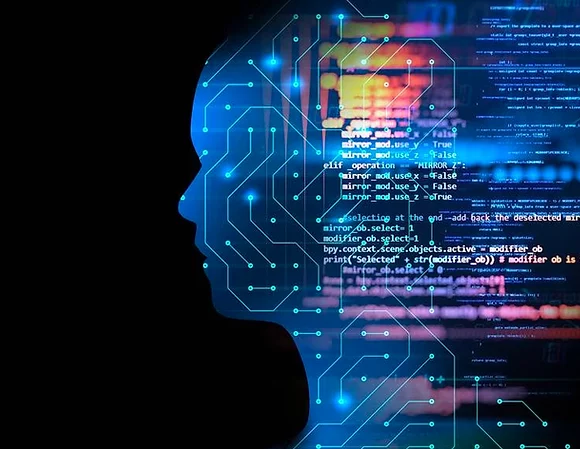Researchers have made significant strides in the world of artificial intelligence
Researchers have made significant strides in the world of artificial intelligence, particularly in the domain of multilingual chatbots. The advent of transfer learning has opened up new possibilities for overcoming language barriers and enabling chatbots to seamlessly communicate in multiple languages. This breakthrough is set to revolutionise the way we interact with AI-powered systems and foster global communication like never before.
A New Paradigm in Multilingual Chatbots
Transfer learning, a machine learning technique, allows models to apply knowledge gained from one task to perform another related task more efficiently.
In the context of chatbots, this means that a chatbot trained in one language can now leverage its existing knowledge to comprehend and generate responses in other languages. This capability not only streamlines the development process but also enhances the chatbot’s overall performance across various linguistic domains.
Simplified Development and Enhanced Performance
The traditional approach to building multilingual chatbots involved training separate models for each language. This led to massive computational overheads and time-consuming efforts. Additionally, each model required a substantial amount of training data to achieve reasonable language proficiency.
Transfer learning circumvents these challenges by enabling the chatbot to transfer knowledge from one language model to another, significantly reducing the required training data and computing resources.
Pioneering Research: Creating a Universal Multilingual Chatbot
One of the pioneering research teams at a prominent AI research institute recently demonstrated the effectiveness of transfer learning in multilingual chatbots. By pretraining a chatbot on a vast corpus of multilingual data and then fine-tuning it on language-specific datasets, the researchers created a single multilingual model capable of understanding and generating responses in several languages. These languages include but are not limited to English, Spanish, Mandarin, Arabic, and French.
Global Impact: Streamlining Business Communication and Language Learning
The benefits of this revolutionary approach are far-reaching. Businesses and organisations can now deploy a single chatbot to cater to their global audience without compromising on the quality of interactions. This not only simplifies customer support processes. It also helps companies save valuable resources by consolidating their AI infrastructure.
The potential impact on education and language learning is substantial. Multilingual chatbots can act as language tutors, offering personalised language practice to learners worldwide. With the ability to adapt to learners’ proficiency levels, these chatbots could become invaluable tools in language acquisition and fluency development.
Addressing Ethical Considerations
Privacy and ethical concerns surrounding the widespread implementation of AI, including multilingual chatbots, have not been overlooked. Researchers emphasise that careful attention is paid to data privacy and security to safeguard user information. Additionally, efforts are underway to ensure that the chatbots are programmed to adhere to cultural sensitivities and norms in their responses.
Challenges and Future Directions
While transfer learning represents a significant leap forward, challenges remain. Creating multilingual chatbots that truly understand nuances and context across diverse languages is an ongoing research pursuit. Researchers are continuously refining their models to ensure accurate translations and culturally appropriate responses.
The future of multilingual chatbots holds immense promise. As transfer learning techniques advance and more data becomes available, we can expect even more sophisticated chatbots that cater to a broader range of languages. The power to transcend language barriers will bring us closer together, fostering global understanding, and enabling meaningful cross-cultural interactions.
In conclusion, the integration of transfer learning in multilingual chatbots marks a turning point in the field of artificial intelligence. As this technology continues to evolve, we are on the cusp of witnessing a new era of communication, where language will no longer be a barrier but a bridge connecting individuals from all corners of the globe.









